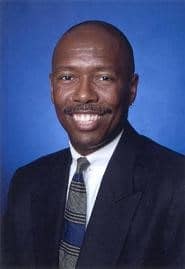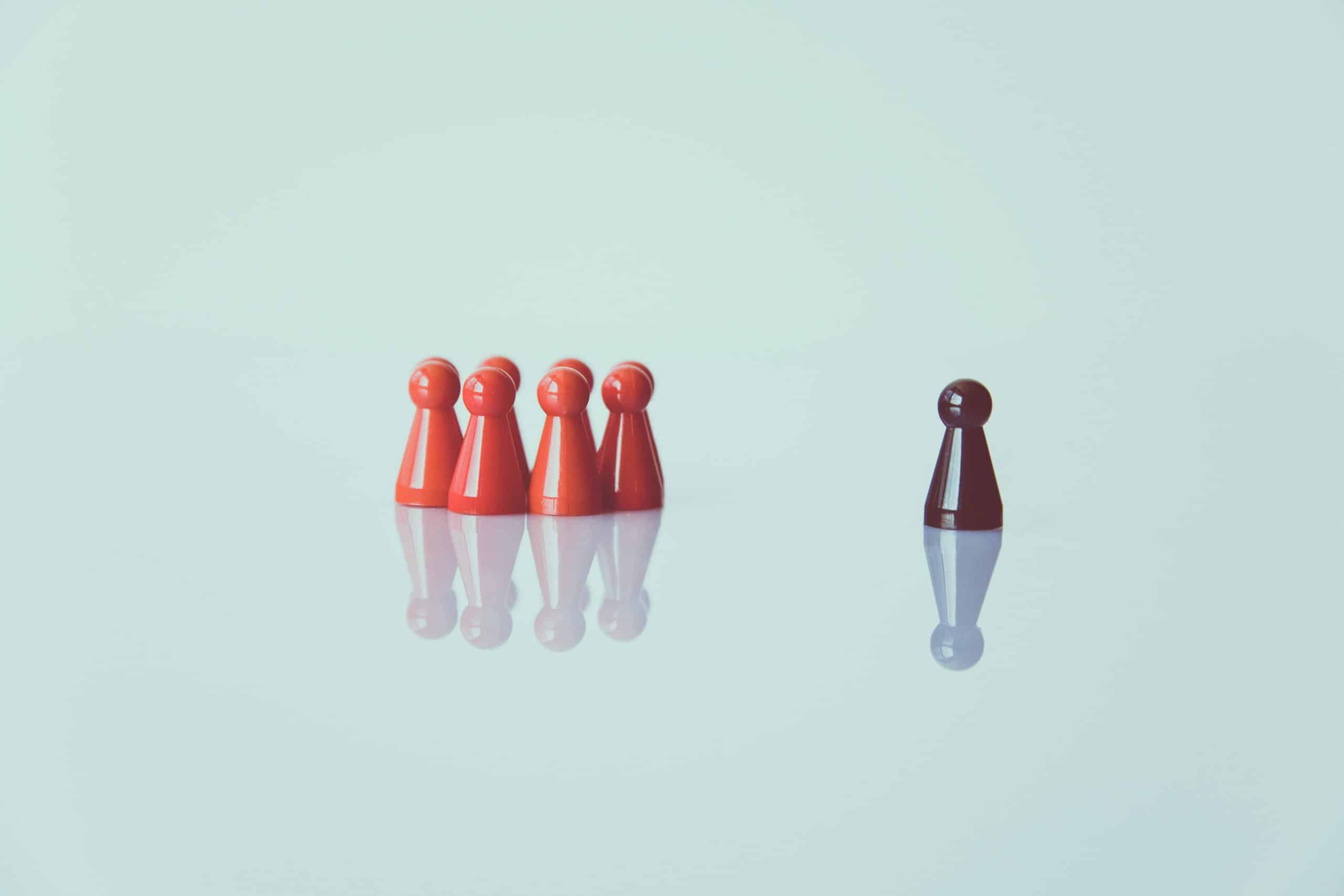“To be governed is to be watched, inspected, spied upon, directed, law-driven, numbered, regulated, enrolled, indoctrinated, preached at, controlled, checked, estimated, valued, censured, commanded, by creatures who have neither the right nor the wisdom nor the virtue to do so.”- Pierre-Joseph Proudhon
Despite the fact that there has already been ample writing, both in the mainstream and in alternative press, on this subject from authors who are both persuasive and amply qualified mathematically and scientifically, this author finds himself wanting to offer a brief entry. As someone who has spent the larger portion of his professional career designing experiments, analyzing data, generating graphs, and writing reports about all of it, articles featuring science, statistics, charts and graphs aplenty seems be natural for me. However, none of that is needed. Instead, let us confine ourselves to the most basic logic.
At present, the United States and the world are locked in the grip of the COVID-19 Pandemic. One might be inclined to call it, “The COVID-19 Panic.” If he did, this author would agree. To fight this threat to life and apparently our very existence on Earth as we know it, the public has been forced to abide by the edicts of mayors, governors, and other leadership, at the local and national level. Those edicts can be summarized via two hashtags that started to trend on Twitter about six weeks ago. To assure that we have the same understanding of these concepts, a couple of definitions are in order.
The concept of flattening the curve, represented by the hashtag #FlattenTheCurve, refers to a statistical approach to mitigating the virus’s impact on society, using what is called a normal distribution to model the number of cases over time. In real life, this type of distribution is a representation of an idealized histogram, that is, vertical bars representing the count of observations per unit time, and positioned on a graph next to each other. The unit of time could be days, hours, minutes, or anything like that. (As an aside, for the vast majority of phenomena observed in our daily lives, a normal distribution is applicable, as justified by the Central Limit Theorem. Why this is true could be the subject of another essay, or hell, an entire book.)
The basic premise is that the height of the bars—representing counts of observations—start out small, and get bigger and bigger, eventually reaching a maximum value or peak, and then returning to getting smaller and smaller. The tallest bar—or peak of the distribution—can then be thought of as the maximum number of individuals (per unit time) who actively have the virus. Let us term this ‘Maximum COVID-19 Patients’. The area under the curve, which is equivalent to simply adding up all the observations in each of the bars, is the total number of people who are stricken with COVID-19. Let us term this, ‘Total COVID-19 Cases’.
From the start of discussions of the pandemic and how to deal with it, this number—the total number of people who would be stricken with the virus, ‘Total COVID-19 Cases’—has not been the subject of major debate; that is to say, the area under the curve was not expected to change markedly. In fact, no one in his or her right mind thought that anything could be done to stop the spread of the disease via behavior. The best we could hope for would be to slow the spread, ostensibly so that the medical establishment—hospitals and other front-line structures—could deal with the onslaught. (One might, if he were optimistic, think that we could develop and distribute a vaccine quickly enough that lengthening societal exposure time was no big deal. That is, if he were an idiot.) That everyone, or effectively everyone, would eventually be exposed was not in doubt.
Flattening the curve could, at best, decrease that peak value, i.e., the maximum number of people exhibiting the disease at a point in time, in exchange for a longer timeframe of population exposure, what I will term ‘Societal Exposure Time’. In summary, ‘Total COVID-19 Cases’ (the area under the curve) would be unchanged, but we would exchange a lower ‘Maximum COVID-19 Patients’ for a longer ‘Societal Exposure Time’. Total number of deaths, unchanged. Length of time, extended. Put a pin in that point.
The concept of social distancing, represented by the hashtag #SocialDistancing, refers to the limiting interpersonal contact. Standing X feet from someone, or wearing a mask, or canceling events that are crowd-centric (such as basketball games or concerts) are all implementations of social distancing. The same is true of forcing the temporary closure of ostensibly “non-essential” businesses. So then, #FlattenTheCurve is the what, and #SocialDistancing is the how. No matter what methodology is utilized for social distancing, it is a means that has, as its raison d’être, flattening the curve. Put a pin in that point as well.
So then, flattening the curve via social distancing could produce, at best, one outcome: slow the progression of the disease so as to limit the loading on hospitals and treatment centers. In a perfect world, that outcome could also result in fewer deaths overall, i.e., a reduction in ‘Maximum COVID-19 Patients’ could, given limited medical resources, decrease the net number of deaths. As already noted, built into this approach is the secondary effect that it also must increase ‘Societal Exposure Time’. Slowing the progression of the disease means, automatically, that the disease is present in a society for longer, other factors being equal.
The direct outcome of government-imposed social distancing was a lock-down on businesses such as bars, restaurants, as well as sporting events and concerts, and on non-essential businesses. This led inexorably to limited or no income for certain sectors of the economy. That lack of income placed a huge strain on people who depended upon the “interaction economy,” such as hospitality and those non-essential businesses, to exist, i.e., people who are paid by or receive a large percentage of their income from those industries and industries related to or dependent upon them. The calculus of this lock-down on the economy generally, and these specific sectors of the economy in particular, was supposedly always a consideration, although it is becoming increasingly obvious that it was not given full examination by those with the power to impose the lock-downs. A simple trade-off was presented: “Put a little strain on a few industries now, and save lives as a result.”
However, and this is the worrisome case, if flattening the curve via social distancing does not result in fewer deaths, which it could only do in the event that hospitals were overwhelmed, then the best-case result of the approach is to only increase ‘Societal Exposure Time’. The net effect of supposedly flattening the curve, assuming the curve was actually flattened, could actually be looked upon as wasted time, while people dependent on the interaction economy and/or unlucky enough to work in an ostensibly non-essential sector have limited, reduced, or no income—along with all the related secondary and tertiary industries who supply or are served by them. From much of the reporting, the vast majority of hospitals were not overwhelmed.
One could even argue if the healthcare establishment would have been overwhelmed without ostensibly flattening the curve. While it is possible that in some places, such as New York City or Detroit, social distancing had some effect, it is equally likely, nay probable, that some social distancing, without lockdowns, would have sufficed almost everywhere else. Moreover, what if the progression of COVID-19 through the population was unaffected by social distancing? Every year the flu comes and goes and not everyone gets it. This, despite almost no social distancing practices and despite the fact that not everyone gets vaccinated, all without machinations such as lock-downs imposed on the public and marketed with puffery such as, “Stay Home and Save a Life.” By virtually any evaluation then, flattening the curve via social distancing had almost no net positive effect for the majority of the United States! Zilch. Zip. Zero. Bupkis.
Even if these draconian lock-downs did have a positive effect, (and that is a big-assed IF) the time for them is long over. The increased ‘Societal Exposure Time’ has turned directly into massive negative economic impact across multiple sectors of the economy. And let us be clear, this negative economic impact is not about rich dudes going on fewer vacations, it is about the people who previously depended upon the interaction economy—that ecosystem of businesses, one of them the hospitality and restaurant sector and another of them the supposedly non-essential sector—for income to eat and pay bills. Those people are part of the over twenty-five million people who have gone from working to unemployed over a few weeks as a result of those lock-downs.
Will they find new employment quickly? Will businesses closed in the wreckage of bungled government approach to COVID-19 rapidly re-open? Who knows? Doubtful on both counts. Built into the supposed calculus of flattening the curve via social distancing was the horribly simplified and sound-byte-ready idea and/or belief that “saving lives trumps worrying about any negative economic effects.” The negative side of that calculus was evidently never fully grasped, particularly in the event that flattening the curve via social distancing did not result in markedly fewer deaths, which it did not.
This is exactly where we are today in the United States: massive negative economic impact and still no obvious plan to immediately remove the government-imposed lock-downs. Little (if any) benefit, but all the pain—with more pain on the horizon. The fact that many government leaders are taking a measured, pensive approach to ending the lock-downs and thereby un-doing what they did with knee-jerking half-assery is laughable. The government-mandated lock-downs should end just as quickly as they were implemented. That none of the losers who imposed them is likely to apologize for any of the irreparable damage done to society is par for the course.
































